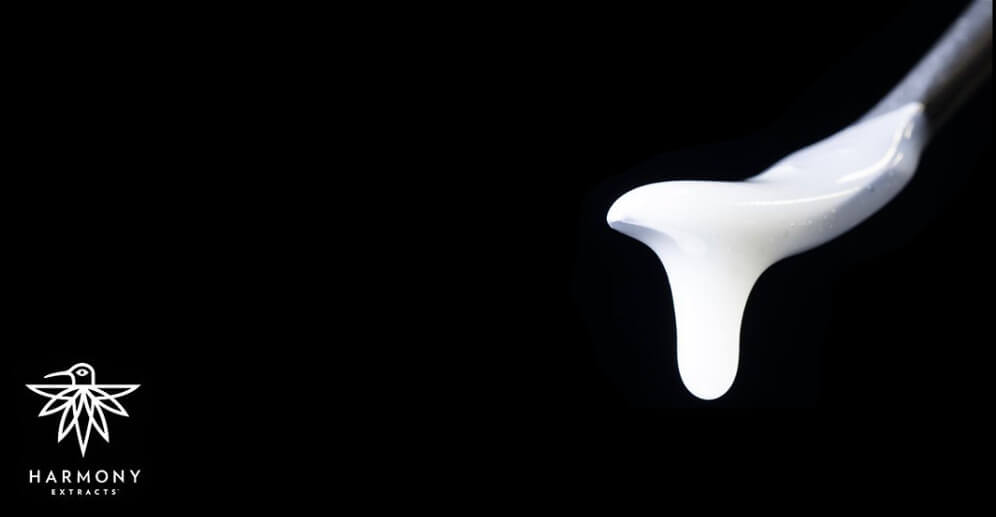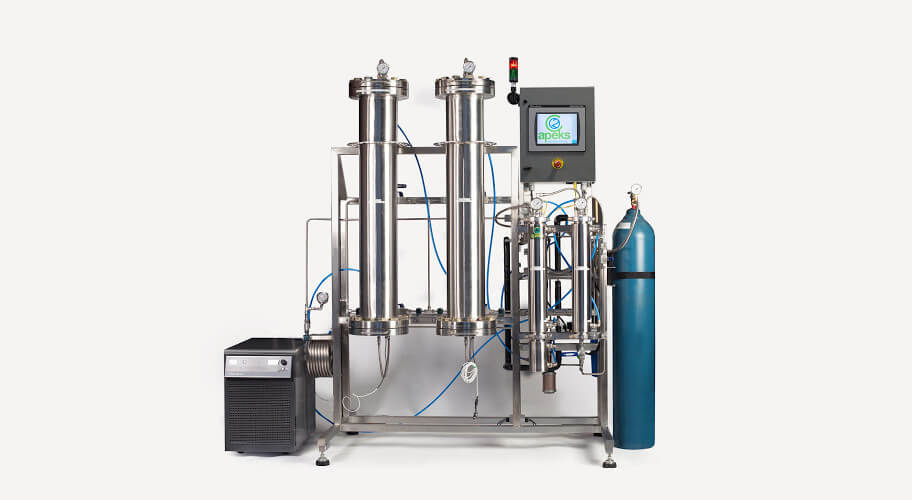- What is CRC?
- How it is Made

What is CRC?
In recent years, a new type of extract has emerged onto the cannabis market known as Color Remediation Column (CRC) wax. CRC refers to the filtration method being used with Butane Hash Oil (BHO) extraction methods. Typically, extractors using solvents to blast concentrates run a closed loop or short path extraction system. This type of system uses butane, butane blends, or alcohol as a solvent to separate oils from the cannabis material. The color of the wax or concentrate is usually dictated by the freshness and quality of the material that is being extracted. Older material that is at a lower quality will come out as darker concentrates compared to fresh material that is of a higher quality. Another factor that can affect the color of cannabis concentrates is plant lipids that remain in the concentrates after extraction.

How it is Made
A Color Remediation Column is attached to a closed loop extraction system in which the extract passes through before collection. A cartridge on the column is packed with a combination of filter media such as silica, bentonite clay, activated alumina, magnesol, activated hardwood carbon powder, and diatomaceous earth. Bentonite Clay is a slow filtering media that is used in a variety of other processes besides CRC such as oil distillation and pesticide removal. Activated alumina is a porous material made from aluminum hydroxide that is used to filter drinking water. Magnesol is a synthetic magnesium silicate that is used in frying oil filtration. Activated hardwood carbon powder is some of the purest activated charcoal available and is used in laboratories to remove color and impurities from a variety of foods. Diatomaceous earth is made of the fossilized remains of tiny, aquatic organisms known as diatoms. Diatoms are heavily composed of silica and can be found accumulated in the sediment in oceans. The combination of these materials help to strip the impurities of cannabis extracts improving the color, but diminishing taste by stripping terpenes. This is why cannabis extraction companies will add food-grade terpenes after the extraction process in order to improve the taste of the CRC concentrates. This means that the wax that is coming out brown can be stripped of its color turning into a transparent white or transparent yellow hue.
CRC is different from winterization because winterization uses another solvent, such as ethanol, to separate plant lipids from the extract in sub-zero temperatures. Micro-filters are then used to filtrate the extract from the solvent and lipids to create an extract that is lighter in color and finer in taste. Cannabis concentrates made using CRC techniques are safe to consume, but may not be ideal to consume for certain consumers as the taste can be unappealing even if the price is more appealing than other types of concentrates. As time goes on the terpene recipes will improve and extractors can dial in an assortment of flavors that may appeal to more consumers down the road.
Comments powered by Talkyard.